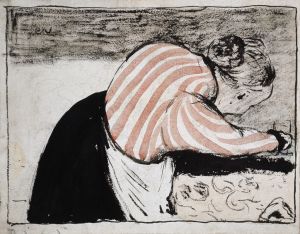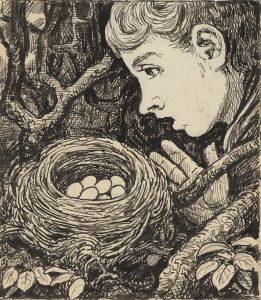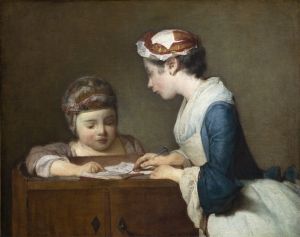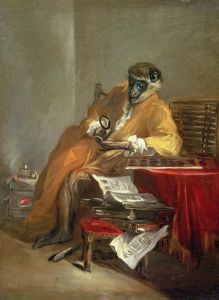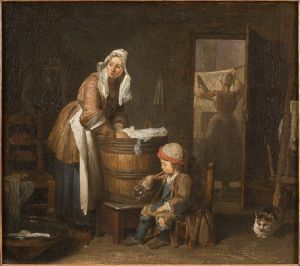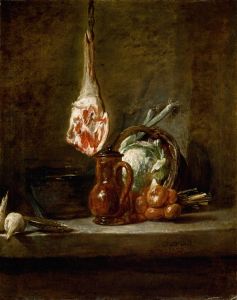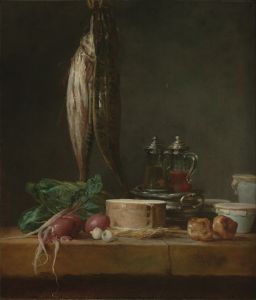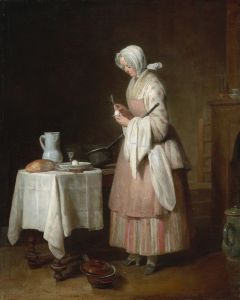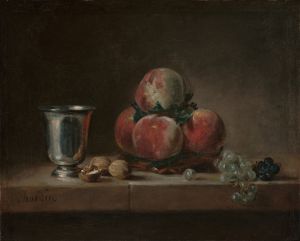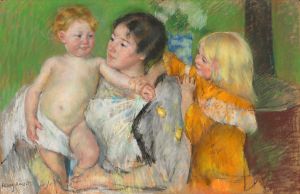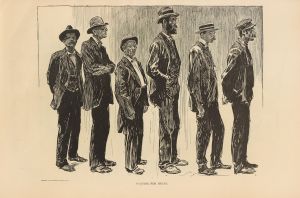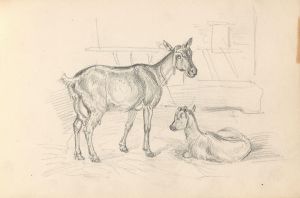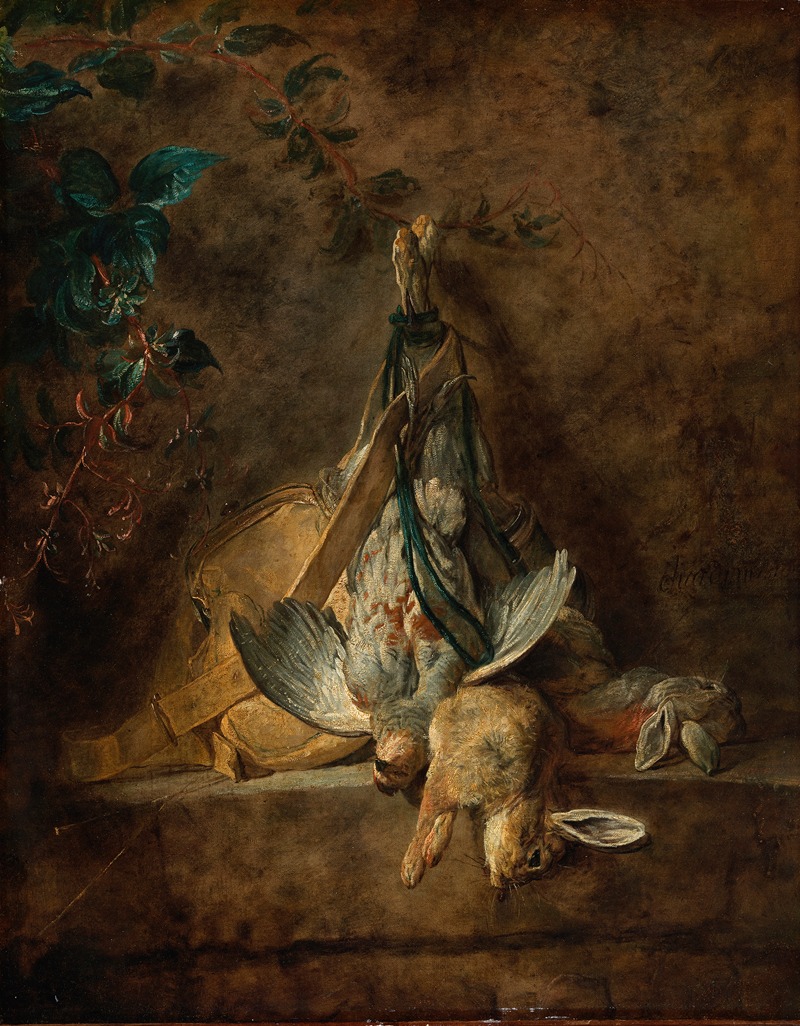
A Still Life; Two Rabbits, a Grey Partridge, Game Bag and a Powder Flask
A hand-painted replica of Jean Siméon Chardin’s masterpiece A Still Life; Two Rabbits, a Grey Partridge, Game Bag and a Powder Flask, meticulously crafted by professional artists to capture the true essence of the original. Each piece is created with museum-quality canvas and rare mineral pigments, carefully painted by experienced artists with delicate brushstrokes and rich, layered colors to perfectly recreate the texture of the original artwork. Unlike machine-printed reproductions, this hand-painted version brings the painting to life, infused with the artist’s emotions and skill in every stroke. Whether for personal collection or home decoration, it instantly elevates the artistic atmosphere of any space.
Jean Siméon Chardin's painting A Still Life; Two Rabbits, a Grey Partridge, Game Bag and a Powder Flask is a work of art that exemplifies the artist's mastery of still life composition. Chardin, a prominent French painter of the 18th century, is celebrated for his ability to depict everyday objects with extraordinary realism and subtlety. This painting, like many of his still lifes, reflects his focus on the quiet beauty of ordinary items and his skill in rendering textures, light, and shadow.
The artwork features a carefully arranged composition of hunting-related items. Two rabbits, a grey partridge, a game bag, and a powder flask are depicted with meticulous attention to detail. The objects are positioned against a neutral background, allowing the viewer to focus on their textures and forms. Chardin's use of soft, diffused lighting enhances the naturalistic quality of the scene, while his restrained color palette creates a sense of harmony and balance.
This painting is an example of Chardin's ability to elevate humble, everyday objects into subjects of artistic significance. His still lifes often carry a sense of quiet dignity and timelessness, reflecting his interest in the material culture of his time. The inclusion of game animals and hunting equipment in this work suggests a connection to themes of rural life and the traditions of the hunt, which were common motifs in 18th-century European art.
Chardin's approach to still life painting was highly influential during his lifetime and beyond. His works were admired for their technical precision and their ability to evoke a sense of intimacy and contemplation. Unlike many of his contemporaries, who often focused on grand historical or mythological subjects, Chardin chose to explore the beauty of the everyday, earning him a unique place in the history of art.
The exact date of creation for A Still Life; Two Rabbits, a Grey Partridge, Game Bag and a Powder Flask is not definitively documented, but it is consistent with Chardin's mature style, which developed during the mid-18th century. The painting is now housed in the Louvre Museum in Paris, where it continues to be appreciated by art enthusiasts and scholars for its technical brilliance and understated elegance.
This work is a testament to Chardin's ability to transform simple objects into profound artistic statements, capturing the essence of still life painting in the Rococo period.





